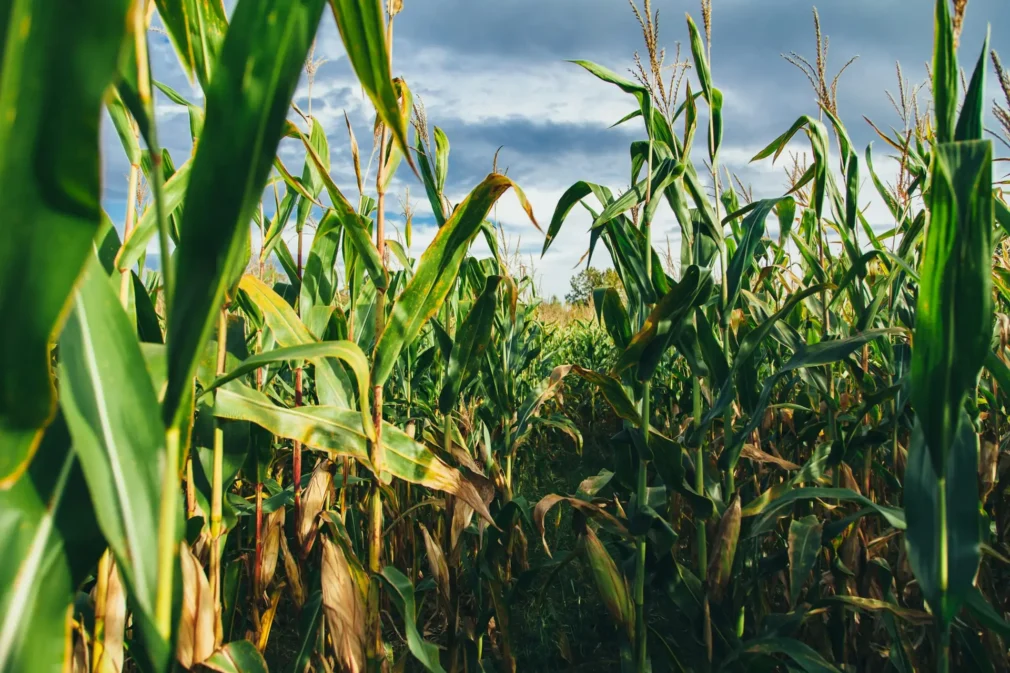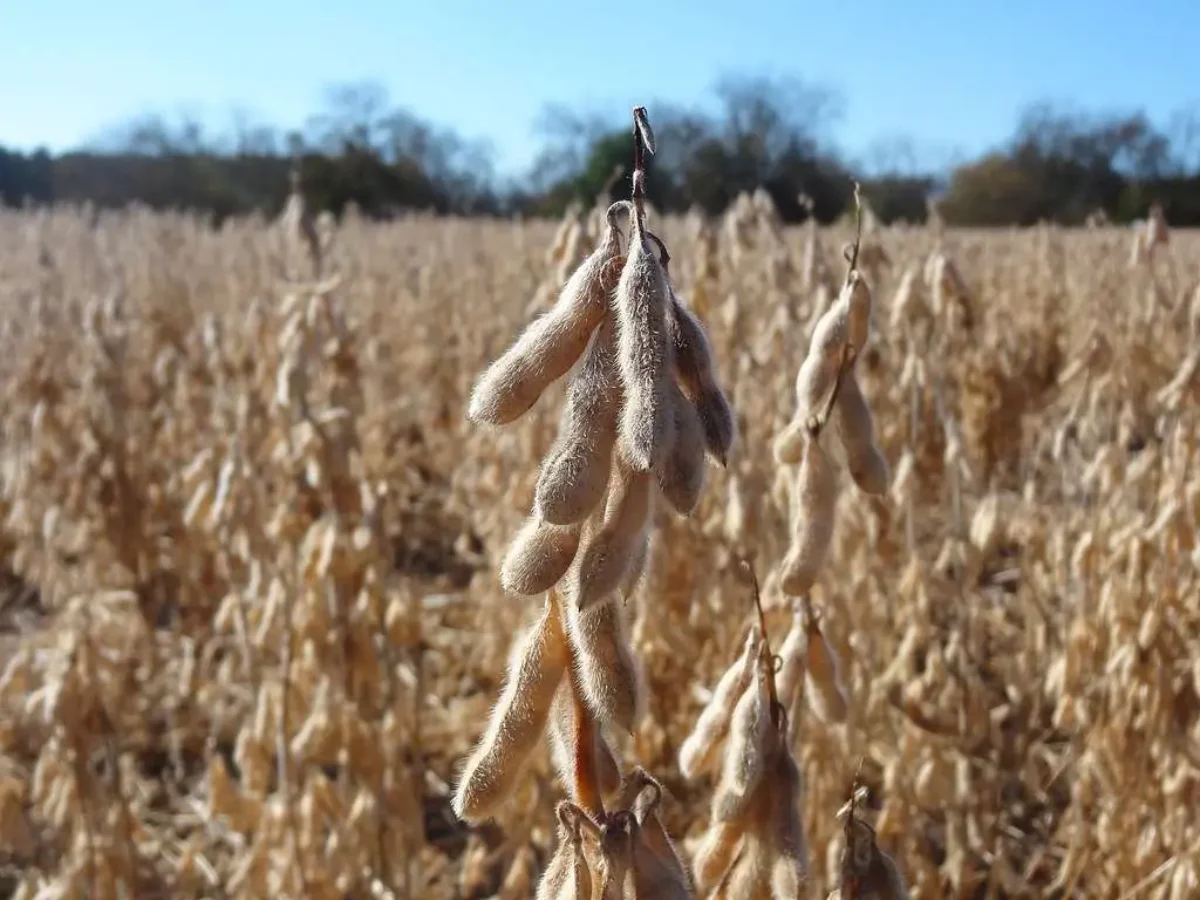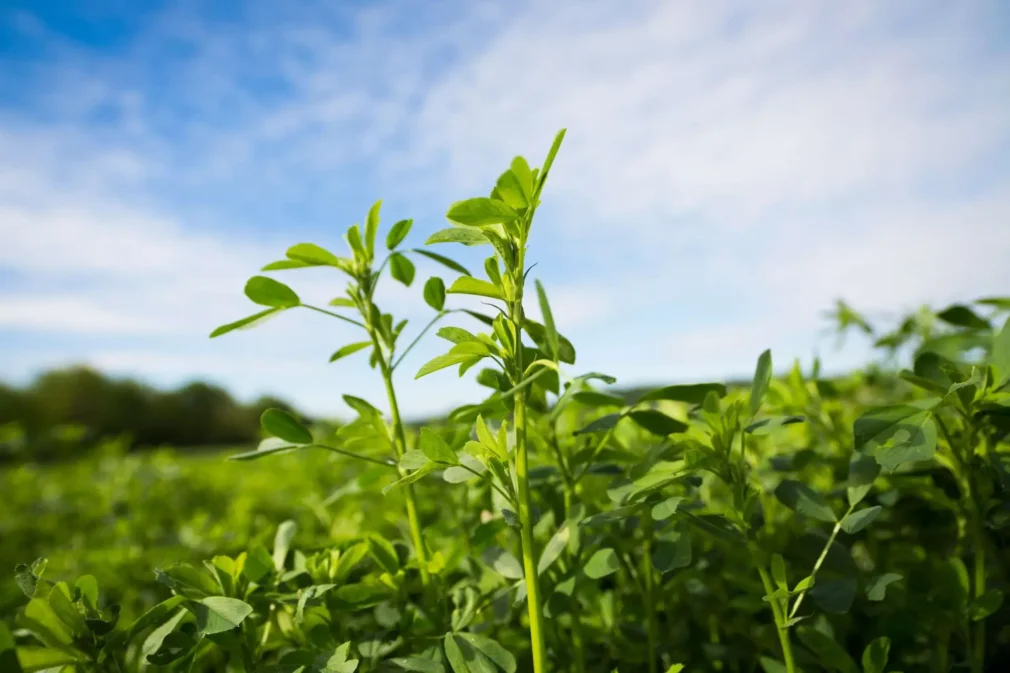AGRONOMY
CORN MANAGEMENT

Modern corn hybrids are selected and bred to perform even under high-stress conditions. Maximizing the quality of the environment the hybrid is planted in while minimizing yield-robbing stresses creates a successful year. You can’t control the weather but, beyond that, there are a few things you can have a say in. Good management quickly pays for itself through increased yield.
PRE-PLANT
FERTILITY NEEDS
Make certain that your fertility and soil pH match your yield expectations. Test your soil to know exactly what you need and follow the recommendations. Remember that nitrogen requirements for corn on corn are significantly higher than for corn on rotated ground.
WAIT FOR “FIT” FIELD CONDITIONS
Research has shown that in most years earlier planted corn will outperform later planted corn. This should give you a desire to get the seed in as early as possible. With modern seed treatments, soil temperature is not as big of a factor as it once was, but having a good seed bed is a must. Excessive soil moisture and poor soil tilth have major impacts on seed germination, early growth and seedling health. Soil compaction and poor seed-to-soil contact set the crop up for poor stands and weak, late emerging plants.
REVIEW HYBRID POSITIONING INFORMATION
Make sure you have the right hybrids selected for the right ground. Ground with limited yield potential makes it hard to justify the more expensive traited hybrids. Corn on corn ground usually requires hybrids with stronger roots and stalks along with insect protection. Also, some hybrids have regional tendencies. Your Renk Seed representative is your resource in getting the right products in the right ground. A great product that is not positioned accurately may only perform as well as an average product, or even worse.
AT PLANTING
PLANTER AND MONITOR ADJUSTMENTS AND CALIBRATION
Spend the time and the money here for accurate, consistent drop. An accurate population of evenly distributed seed without doubles and skips is critical for maximum yields. Even if no changes are necessary, it is worth peace of mind to know that there will not be a yield bottleneck.
PLANTING DEPTH
Check your planting depth often, not just when you enter your first field, but every time you begin planting in a different field condition (soil type, crop rotation, tillage type, etc). Each of these impacts the depth of seed placement. Keeping the depth between 1.75″-2.25″ is critical to a uniform distribution of evenly growing plants as well as keeping the root system of the plants deep enough to be effective and strong.
CORRECT SPEED
No other way to say it: Speed kills. Planting at speeds greater than the recommended zone for your planter causes planter bounce which results in uneven seed placement. This dramatically increases the numbers of doubles and gaps; these lead to unproductive or underproductive plants. Speeding may cost 10-20 bushels per acre yield loss.
GROWING SEASON
SCOUT YOUR FIELDS EARLY AND OFTEN
It is hard to fix or head off problems if you are not actively looking for them. It is important to check for crusting, weeds, diseases and insects starting shortly after planting and continuing up to harvest.
CONTROL THOSE WEEDS
Just remember that weeds taller than 4″ will reduce your yield. Starting clean with a burn-down or plowed field helps the corn get ahead of the weeds and gives a good window for follow up spraying as needed.
CONTROL FUNGAL DISEASES
Fungal diseases can be a significant yield drag and need to be scouted for. Corn on corn acres tend to have a higher rate of incidence, along with fields that have shown a history of disease. Often a folial treatment can work wonders. Remember you normally need to order fungicides and contract application early.
CONTROL INSECTS
Using genetic traits to control Corn Borers, Rootworms, Ear Worms and Western Bean Cutworms is clearly the best insurance against damage from these yield-robbing insects. Your Renk Seed representative can prescribe the best trait options for your operation. Those not using traited insect control hybrids need to spray insecticides to control explosions of insect pest populations.
SOYBEAN MANAGEMENT

PLANTING RECOMMENDATIONS
Ideal depth for planting soybeans is 3/4″. Maximum depth is 1 1/2″. Soybeans must be able to push the entire seed out of the ground. Putting the seed too deep under less than ideal conditions can prevent the seed from doing this.
Planting population should be around 150,000 to 200,000 for narrow row planting (15” or less). For wider rows, the population should be in the 130,000 to 170,000 range. Population should be adjusted up or down based on the condition of the seedbed and ability of the planter to put seeds at proper depth and spacing.
Like corn, normally the earlier you can safely plant, the better, in terms of maximizing yield potential. If planting early we would recommend using treated seed to protect the seed if it sits in the ground too long. Use of Saltro treated seed is recommended in areas with a high chance of Sudden Death Syndrome.
FERTILIZER
Soybeans consume a lot of potassium and phosphorous. Make sure there are adequate levels of both. Soybeans should get the majority of their nitrogen needs from symbiotic nitrogen fixing bacteria on their roots. If there is a past history of soybeans in the field there should be enough of a native population to colonize the roots except under high drought or high moisture conditions. Virgin soil that has not seen soybeans require a bacterial inoculation at twice the normal rate.
IN SEASON
Soybeans tend to be very forgiving once they have established. Aggressive early weed control should be followed to keep weeds under control. If in areas where white mold can be an issue, watch for cool and wet conditions at flowering. Here a fungicide treatment might pay for control of white mold.
ALFALFA MANAGEMENT

Maximizing the performance of your alfalfa crop requires proper management. At Renk, we are committed to helping you achieve the highest returns. Follow these key guidelines to ensure success with your alfalfa stand:
SEEDING
Seedbed Preparation: Alfalfa thrives in a firm seedbed. Ensure shallow planting—¼” to ½” depth on medium to heavy soils and ½” to 1” depth on sandy soils.
Seeding Rate: Use 12–15 pounds per acre. Increase the rate for poor seedbeds.
Direct Seeding: This is preferred unless planting on erodible land or fodder is required.
Crop Rotation: Due to autotoxicity, fields should remain out of alfalfa for at least one year before reseeding.
FERTILIZER REQUIREMENTS
Soil pH: Maintain a pH of 6.5 to 7.5, applying lime at least one year before planting to optimize phosphorus and potassium availability.
Phosphorus & Potassium: Adequate phosphorus is crucial during the establishment year. Potassium should be closely monitored as it significantly impacts yield. Each ton of alfalfa removes nutrients equivalent to 150 lbs of 0-10-40 fertilizer.
Nitrogen Needs: Rhizobium bacteria naturally meet nitrogen requirements by fixing atmospheric nitrogen.
STAND LONGEVITY
Stem Density: If stands fall below 40 stems per square foot at 6” growth, yield potential declines, making rotation necessary.
CUTTING SCHEDULE
First Cut: Harvest at the bud stage (mid to late May).
Subsequent Cuts:
– Second Cut: 28–33 days later or at mid-bud stage.
– Third Cut: 38–55 days later or at 25% bloom.
Optional Fourth Cut: After a killing frost in mid to late October, leave 6” of stubble to reduce winterkill risk.
Avoid Cutting: From September 1 to mid-October to allow root reserves to rebuild.
POST-HARVEST MANAGEMENT
Minimize Losses: Losses can reach up to 30%.
Maintain equipment and follow moisture guidelines:
– Bale Hay: At 18–20% moisture.
– Esile: At 50–70% moisture.
– Silage Inoculants: Use to preserve quality, especially for drying periods under two days.
PEST CONTROL
Weeds: Early weed control is critical during the seeding year. For older stands, control weeds to improve quality rather than tonnage.
Insect Monitoring: Regular scouting is essential to monitor populations. Apply insecticides as needed, typically one or two applications, when economic thresholds are reached.
If you would like more details on alfalfa management, contact our office for a complimentary management guide.
How can we take care of you?

